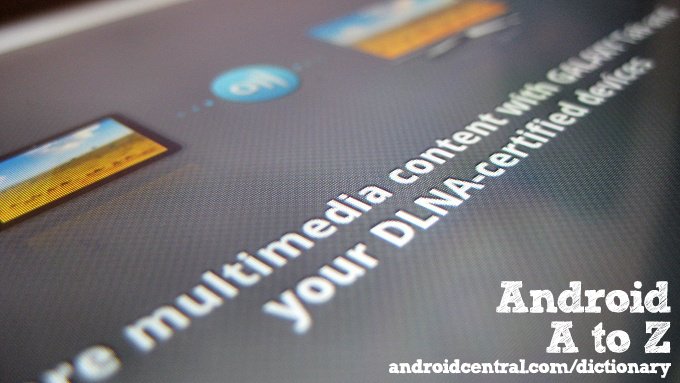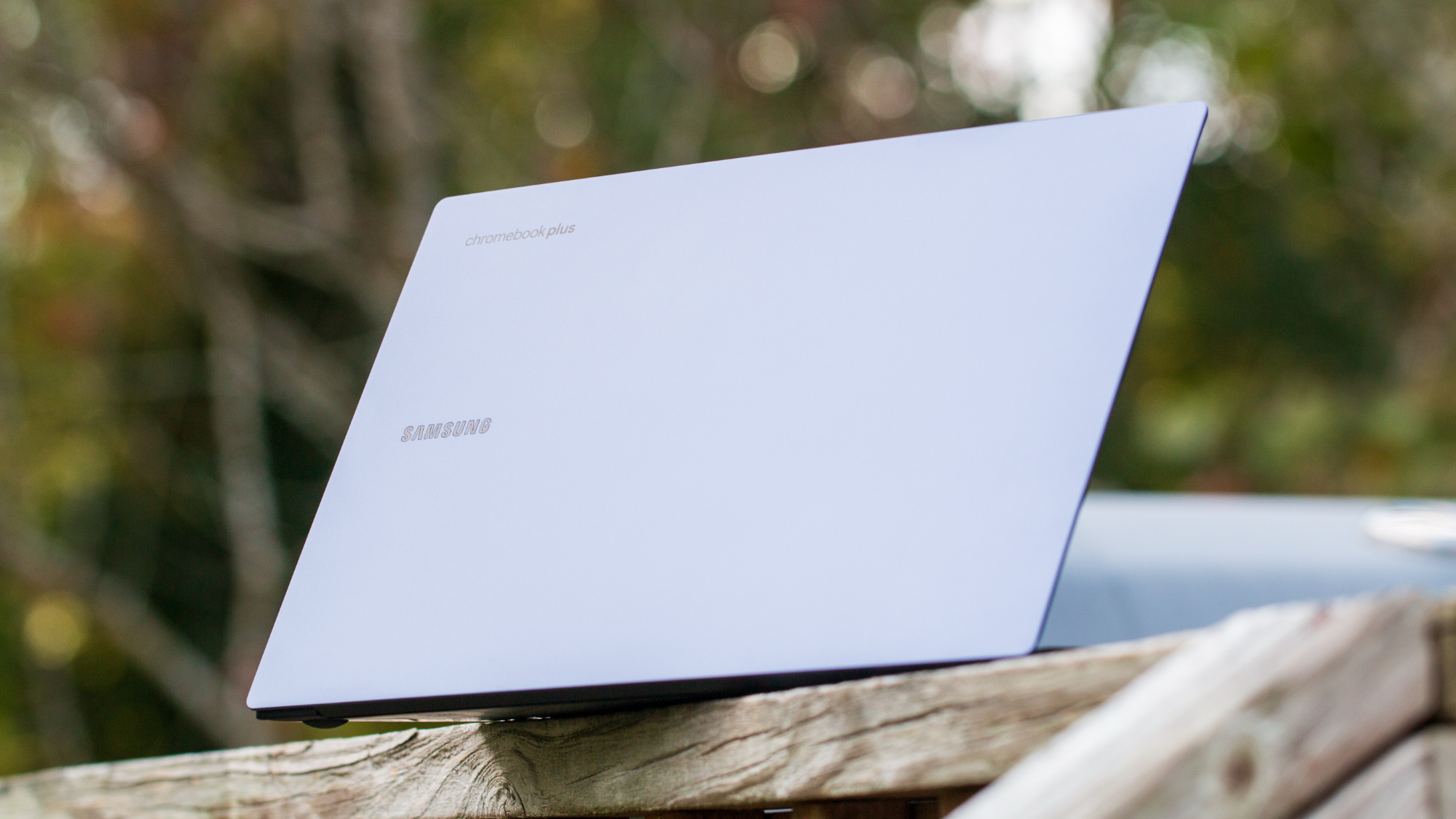Android A to Z: DLNA

DLNA, or the Digital Living Network Alliance is an organization set up by Sony in 2003 that determines a universal set of rules and guidelines so devices can share digital media. The devices covered include computers, cameras, televisions, network storage devices, and of course cell phones. The guidelines are built from existing standards, but manufacturers have to pay to use them and have their device join the DLNA.
With DLNA devices, you can share video, music and pictures from a Digital Media Server (DMS) to your Android phone or tablet. A DMS could be your computer, a NAS (Network Attached Storage) device, a television or Blu-ray player, or even another Android device. Anything that has a DLNA server, or can have one installed will act as a DMS. Fun factoid: when a DLNA server is installed on a cell phone, tablet, or portable music player it's called a M-DMS -- the M stands for Mobile.
Once a DLNA server is in place, our Android phones usually have two functions -- to act as a Digital Media Player (M-DMP) or a Digital Media Controller (M-DMC). The player is easy enough to figure out, it finds content on a DLNA server and plays it back. A DMC will find content on a DLNA server, and push it to another connected player. For example, my television has a DLNA player, and my laptop has a server. With the right software, I could use my Android phone to find the content on my laptop and play it on my television. DLNA can really be fun if you have all the right equipment.
But chances are Android (and eventually other mobile devices) will be moving away from DLNA. With Ice Cream Sandwich, Wifi Direct is part of the operating system and has the potential to do everything DLNA can do, and more. We already have seen it replace DLNA streaming in the HTC One series with the Media Link HD receiver, which streams content from a Sense 4 device to a monitor with HDMI input. It uses native Wifi Direct, and by all accounts works really nicely. Or Samsung, who is using NFC to kick off a Wifi Direct session for fast data transfer on the Galaxy S III. We'll have to wait and see what manufacturers do with Wifi Direct, because having it built into the OS is a big plus -- even for a company like Samsung who makes millions of DLNA devices each year.
Check out the complete Android Dictionary
More from the Android Dictionary
[block:views:article_lister_bespoke-block_13]
Get the latest news from Android Central, your trusted companion in the world of Android

Jerry is an amateur woodworker and struggling shade tree mechanic. There's nothing he can't take apart, but many things he can't reassemble. You'll find him writing and speaking his loud opinion on Android Central and occasionally on Threads.
